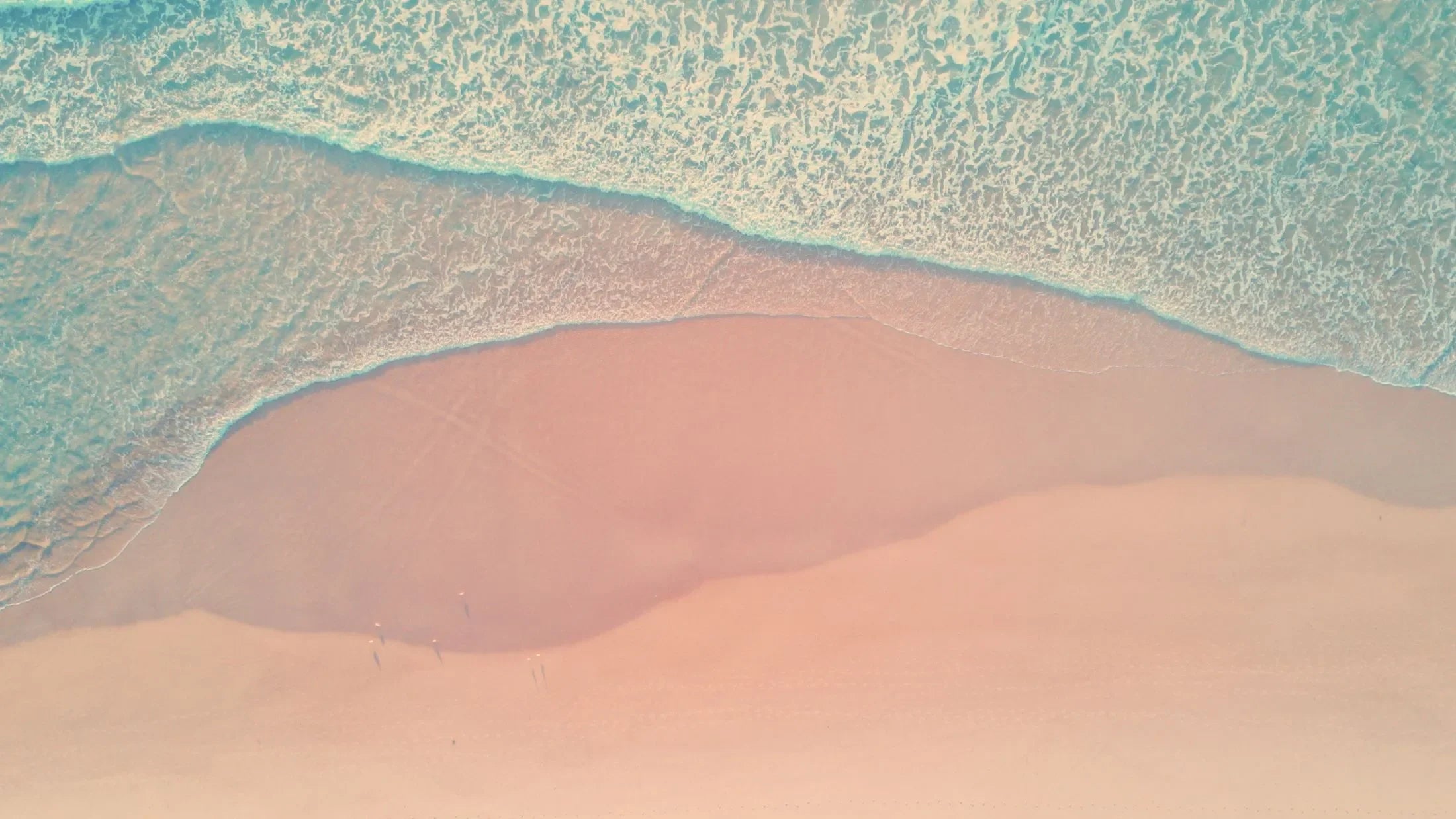Sporting activities are essential for maintaining good mental and physical health. It's also essential during pregnancy, as current knowledge shows that there are no risks involved and that, on the contrary, they are beneficial for both mother and baby. On the contrary, physical exercise is beneficial for both mother and baby, who will feel all the emotions of their mother, and should therefore appreciate the sense of well-being that physical exercise brings.
Once you've checked with a health professional at the start of your pregnancy to make sure there are no contraindications, you can continue your current exercise routine, adapt it or discover new ones.
Even if it seems obvious, avoid activities that involve the risk of falls or trauma to the stomach, or that take place in a hot environment such as hot yoga, underwater, at altitude or in high-impact sports (running, horse-riding...).
We'd like to introduce you to one of the most popular pregnancy-friendly activities we've recently discovered: longe-côte.

We discovered longe-côte thanks to Damien Colsy, co-founder of the Longeurs association , which organizes events and develops a range of products adapted to the practice. Damien tells us a little more about longe-côte and its benefits by answering a few questions below.
What is longe-côte?
Longe-côte is a sport that involves moving forward in the water, immersing your body between your navel and your pectoral muscles.
You can go along using a variety of tools, such as a paddle, a longe-up or webbed gloves. It's a sport that's good for your health: respiratory, joint, circulatory, muscular...
The sport was originally invented by rowing coach Thomas Wallyn, who was looking for a new, gentler way to build up his rowers' muscles. He wanted to enable them to compensate for a muscular deficit in certain areas of their bodies that rowing didn't work.
What benefits can pregnant women derive from this activity?


Some pregnant women find it difficult to continue exercising during pregnancy. Coastal rowing is a good way of keeping active, as it promotes both physical and psychological well-being. The sensation of freedom provided by floating is ideal during pregnancy, no matter what stage you're at.
It allows you to exercise gently, without rushing the baby. What's more, sporting activity will help you release endorphins that are beneficial for the unborn child. The water will stimulate your blood circulation and relieve the sensation of heavy legs, decongesting swollen feet, calves and ankles.
For more details on the benefits of longe-côte during pregnancy, visit .
Do I need special equipment?
The choice of equipment depends on the temperature of the water, your resistance to the cold and the type of lanyard you wish to practice. The only thing you'll need for longe-côte is a pair of booties. This is because of the protection they offer your feet. They protect your feet from cuts and punctures. What's more, feet are highly exposed to the cold, so they need to be covered.
Although other equipment is not mandatory, it is strongly recommended. You can use a long or shorty wetsuit, adapting its thickness to the water temperature. To help you choose your wetsuit, visit .
Among the wide choice of neoprene equipment available from longeurs, you can also take gloves, hats, balaclavas and tops. It's hard to know what to take with so many options! Here's an article that should help you determine what's essential for you.
You'll need to adapt your equipment to the style of lanyard you wish to practice. This article explains the different lanyard techniques very quickly. Of course, don't forget your sunscreen, as water sports are synonymous with sunburn if you don't protect yourself!
Where can I find out more about this activity?


The best way to find out more about longe-côte is to visit the Longeurs website, the reference for longe-côte. They publish many articles related to this activity and have a wide range of products related to this sport (equipment, clothing, accessories, wellness products...).

